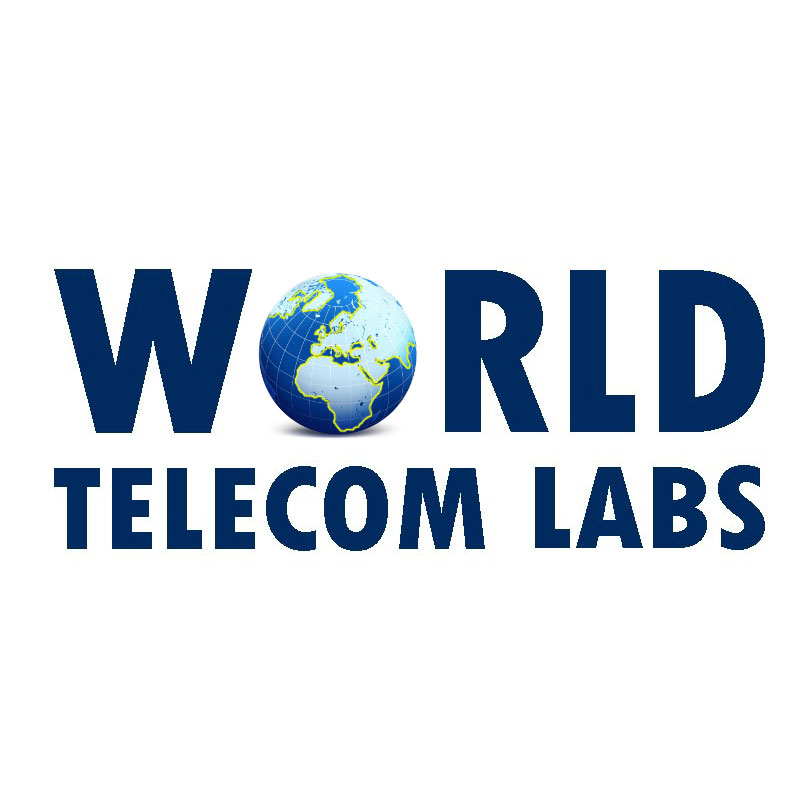 Three quarters of the respondents to the latest Telecoms.com Annual Industry Survey feel positive or fantastic about the industry’s prospects in the new year.
Three quarters of the respondents to the latest Telecoms.com Annual Industry Survey feel positive or fantastic about the industry’s prospects in the new year.
There is hardly a better way to usher in the new year with a reality check on the industry we are in, and an informed look into the era we are entering. The recently-published Telecoms.com Annual Industry Survey report can very well serve such purposes. Thanks to the enthusiastic responses by well over 1,000 telecoms professionals, the majority of whom having more than a decade’s experience in the industry, we are provided with plenty of optimism as well as sober assessment.
A strong contributor to the optimism towards 2019 is the fast rollout of 5G. Not only will the long-awaited 5G networks be switched on in different parts of the world, consumer mobile devices are so close to hitting the market. In addition to eMBB that has been offered on limited scale in the US and South Korea, more ambitious services will be launched to fulfil the 5G’s promises. But at the same time, 62% of the respondents believe the benefits of 5G have not been properly communicated to consumers.
“Only time will tell what a future 5G truly holds, but it’s safe to say there’s a healthy dose of reality within the carrier market. While the promise of 5G and all its intended benefits are still on the horizon, it seems the industry is still identifying which industries can be best served with 5G,” said Sigal Biran-Nagar, Senior Director for Corporate Marketing at ECI. “It’s likely that confidence in the technology, and the willingness for consumers to pay for it, will only grow after its reliability can be assured, and it’s been implemented for a long time, which would also give critical industries and others the confidence they need that it won’t fail.”
All of 5G’s promises are supported by key technology advancements. One of the most frequently discussed areas is virtualisation. The industry continues to show strong belief in virtualisation, with close to 80% of the respondents recognising the significance of NFV for the success of their business. But it does not mean it would be an easy ride for the enthusiasts.
“We are seeing NFV gathering momentum to ‘cross the chasm’. Most respondents think that NFV is important or critical, and their spending in 2019 will be maintained or will increase.” said F5 Networks. “But challenges clearly remain. Only 8% of respondents think NFV is easy to implement. And two thirds thought that the process could be simplified and that automated systems for purchasing could help.”
All the new technologies that make 5G possible also pose new demands for the capability of testing, measuring, and monitoring. More than ever they should already be extensively implemented at the pre-commercial stage due to the new lead use cases, the complexity of its air interface, as well as the central roles played by software and virtualisation.
“5G is on the horizon bringing new opportunities for business growth. CSPs need to tightly control their ecosystem and ensure 5G is done right to deliver on promises for a whole range of new smart applications,” commented EXFO. “Partnering closely with 95%+ of the top CSPs worldwide, EXFO provides next generation test, monitoring and analytics solutions to support operators end-to-end, from lab to live and from the subscriber to the core. EXFO solutions feature real-time network, service and customer insights, process automation, NFV service assurance, prescriptive analytics as well as troubleshooting embedding machine learning and AI.”
Meanwhile, the industry also recognises that 5G is much more than a technology. For the CSPs, it is a significant step on the journey towards digital transformation. Many operators are seeing 5G as a watershed moment to seriously expand beyond the connectivity utility. One third of respondents believe 50% of revenues could be generated by new digital products and services in four years’ time. Opportunities abound.
“The survey provided an industry viewpoint on how much revenue operators will generate from services enabled by digital transformation. This is the foundation for why transformation is needed in the first place,” said Martin Morgan, VP Marketing, Openet. “The survey also provided a health check on how far the industry is advanced in its digital transformation journey and how far it needs to progress to be able to meet their digital services revenue goals. What this means for vendors is that they can set out realistic transformation roadmaps with their customers using the survey results as an industry benchmark.”
One of these growth areas is IoT. 56% of respondents saw IoT as an important driver to expand their service portfolio, while 46% saw it as significant channel to deliver new revenues. Both the short-range IoT, the largest part of the total number of connections, and wide-range including cellular-based IoT, are expected to grow very fast in the coming years, with the latter registering a much faster pace of growth.
“Never before has the digital world impacted the physical world as it does today. IoT drives autonomously driven cars, turns on lights, controls the quality of water, and lets you know who is standing at your front door,” said Ronen Priel, VP Product and Strategy at Allot. “This requires ubiquitous connectivity and security. With 5G mobility, wireless technology, and Fiber to the X (FTTx), connectivity is sorted. But, security is lagging far behind.”
Security is indeed one of the biggest threats to the industry, and that goes beyond IoT. 74% of companies responding to the survey have seen an increase in cyberattacks to their customers over the past year. Businesses are busy shoring up their defence, but they need to recognise that as attacking techniques constantly evolve, so should the defending technologies and business processes.
“We are privileged to contribute to the Telecoms.com 2018 survey report. The survey revealed that end-users and network operators still rely on legacy technology: 63% of network operators use DNS blacklisting for end-user protection. Also, 45% operators are not confident that they are ready to manage IoT security requirements for their customers. It’s crucial to use next-gen technology and start protecting users proactively,” explained Einaras von Gravrock, CEO of CUJO AI.
Now that this report is in front us to provide a panoramic view of the industry today and tomorrow, it will be fascinating to observe how our fellow professionals are turning those promises into reality. You can download your copy of it here. Happy 2019, everyone!









